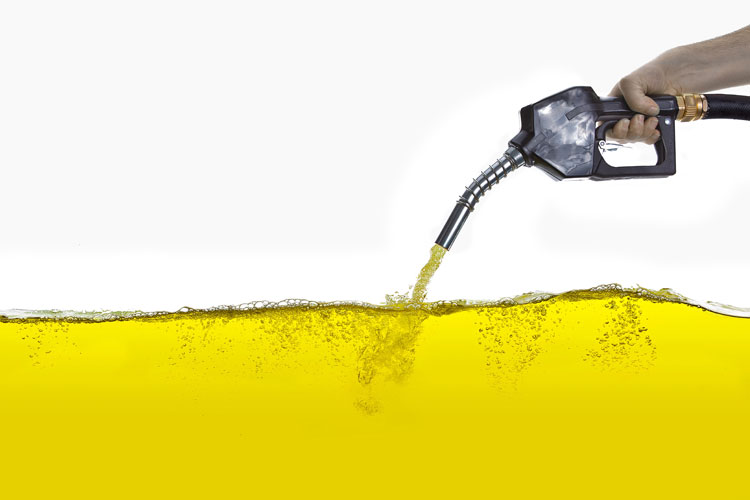During fuelling operations, air and fuel vapour are displaced from the aircraft fuel tanks. This potentially explosive mixture is expelled via tank vents and the fill point. Combining fuel vapour and air (oxygen) forms an explosive mixture comparable to an equivalent mass of dynamite. A fuel explosion can be quite capable of destroying a hangar or killing somebody.
All it takes to initiate a fuel explosion is just a small spark or a hot surface, and not necessarily in the immediate vicinity, given the ability of fuel vapour to flow long distances.
Commonly referred to as ‘static’, this is a major potential ignition source. The risk is always present, and must be managed, even in seemingly innocuous situations. The electrical charge can build up on an aircraft, a supply installation, or a human body, and when two unequally-charged objects are brought close enough together, the charge will equalise by means of a spark. Static spark voltage can be of the order of thousands of volts. Combine this with the presence of fuel vapour of sufficient concentration, and an explosion will result.
Fuel spills present a potentially serious fire hazard, as well as an environmental pollutant, and should be dealt with immediately.
Fuel is Combustible and is an Explosion Hazard:
Fuel is, technically speaking, a substance which can chemically react with oxygen and produce heat energy. Its natural substances are of organic origin with more or less combustible parts.
At normal room temperatures, flammable liquids can give off enough vapour to form burnable mixtures with air. As a result, they can be a serious fire hazard. Flammable liquid fires burn very fast. Combustible liquids at temperatures above their flashpoint also release enough vapour to form burnable mixtures with air.
Spray mists of flammable and combustible liquids in air may burn at any temperature if an ignition source is present. The vapours of flammable and combustible liquids are usually invisible. They can be hard to detect unless special instruments are used.
Most flammable and combustible liquids flow easily. A small spill can cover a large area of workbench or floor. Burning liquids can flow under doors, down stairs and even into neighbouring buildings, spreading fire widely
Suggested Industrial Vacuums for Recovery of Fuel
PrestiVac Explosion Proof/Dust Ignition Protected Vacuums are designed to safely vacuum explosive, flammable, combustible conductive* dusts. Our Explosion Proof/Dust Ignition Protected Vacuums are completely grounded and static dissipating because they are built entirely with non-sparking metals and do not have any painted components so there is no risk of fire or explosion from a spark or static build up. All the electrical components, including the motor and starter are totally enclosed so there is no source of ignition. Our explosion proof vacuum cleaners comply with NFPA 484 guidelines and are an effective tool for good housekeeping practise as per OSHA.
Which Industries are at Risk with Fuel Recovery?
- Aerospace / Aviation
- Agricultural
- Automotive / Body Shop
- Biological / Biotechnologies
- Chemicals
- Environment
- Energy & Natural Resources
- Manufacturing
- Military / Defense
- Municpalities
- Nuclear
- Packaging
- Petroleum / Oil / Gas Refineries
- Power
- Recycling
- Shipyards / Dockyards
- Warehouse / Distribution
- Waste













